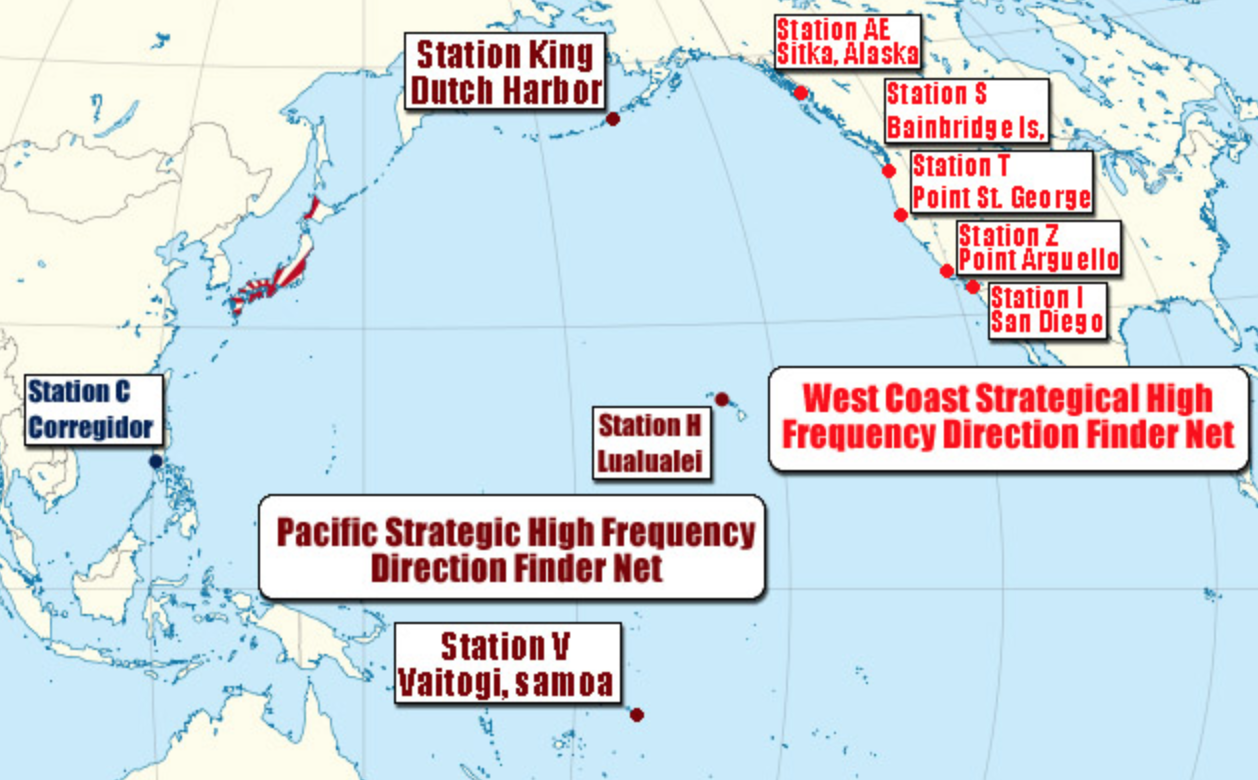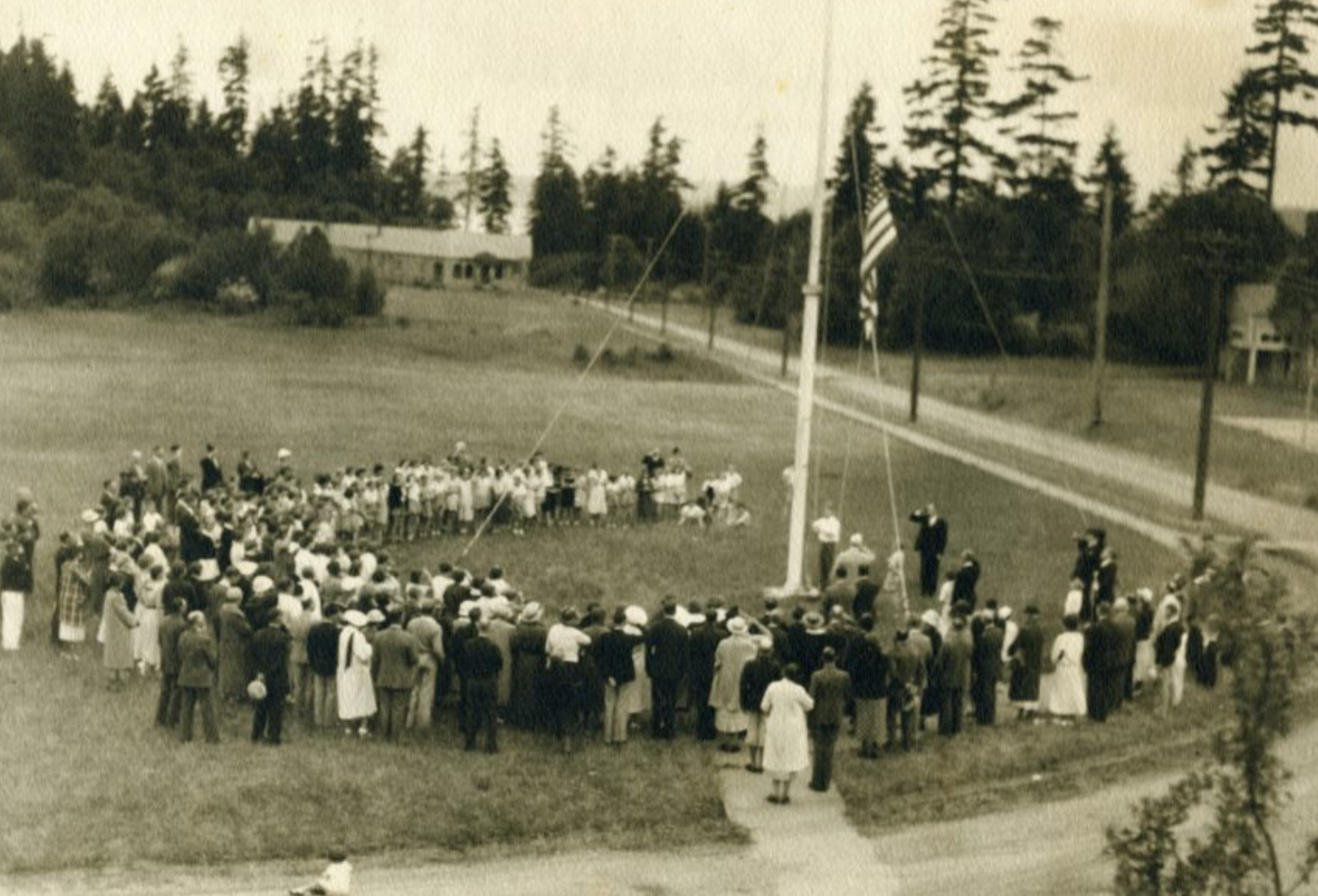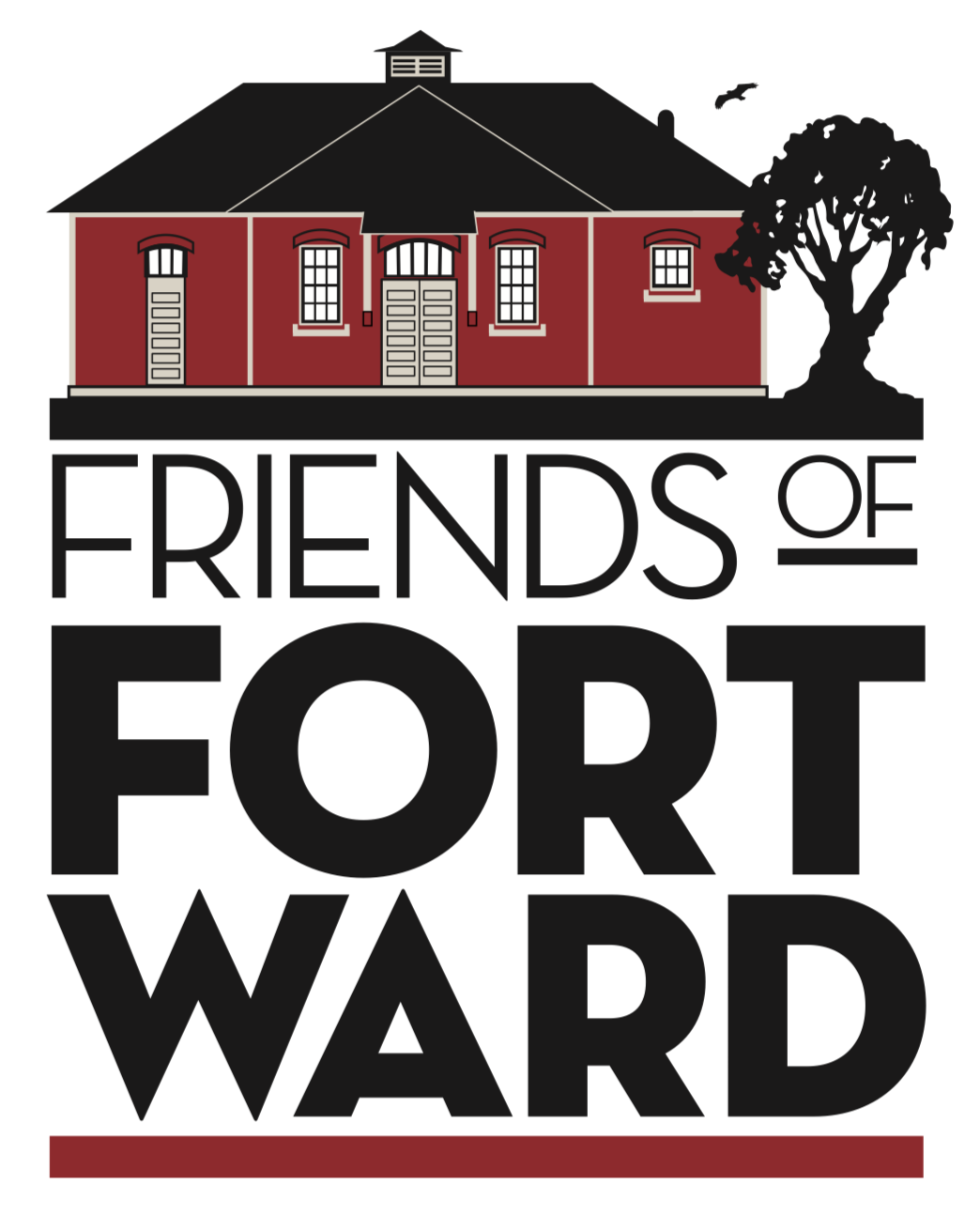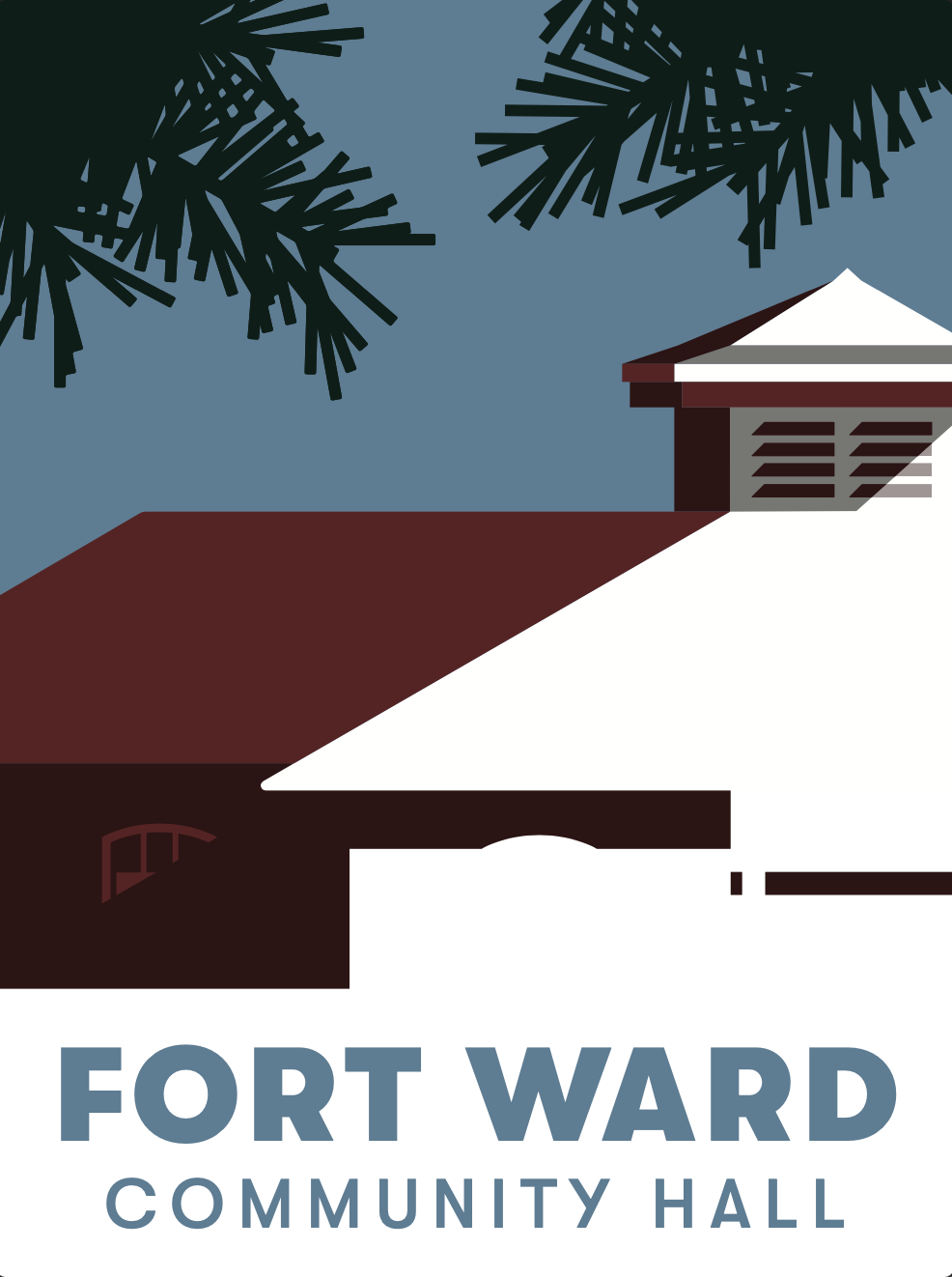1894
Puget Sound is designated for harbor defenses, joining twenty-nine other harbors and bays on the Pacific, Atlantic and Gulf coasts identified in the Endicott Report of 1886 (so named for Sec. of War William Endicott). Five defensive forts will be established: Forts Worden (Port Townsend), Casey (Whidbey Island), Flagler (Marrowstone Island), Ward (Bainbridge Island) and Fort Whitman on tiny Goat Island near Deception Pass. The Endicott Era of coast defense begins.
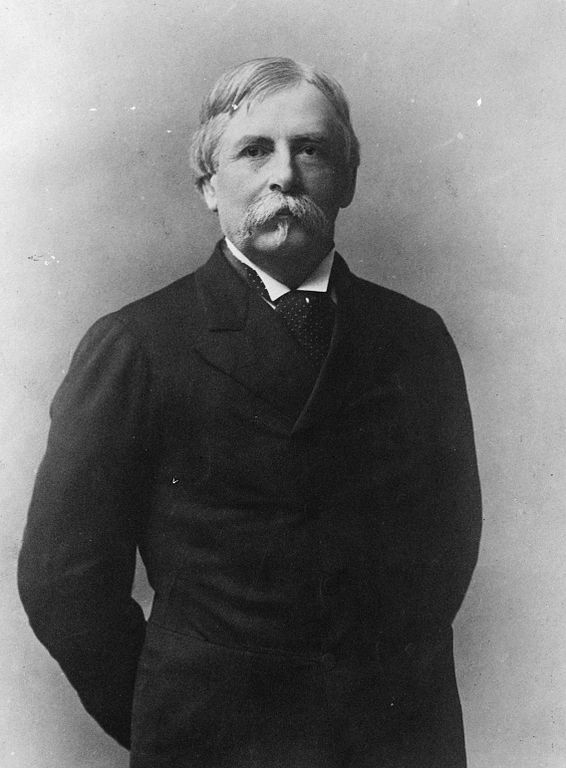
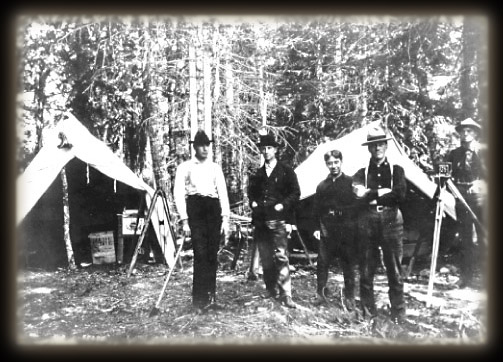
1900
1900 – Surveying and civil engineering begins on coast defense gun batteries at Bean Point, at the south end of Bainbridge Island. Head surveyor is Eugene Ricksecker, who also surveyed other Puget Sound forts of the period, Ballard Locks and the Paradise Road on Mount Rainier. Image: Ricksecker and party surveying Mount Rainier, 1904, courtesy of National Park Service.
1903
Fort Ward is officially named for Gen. George H. Ward, a Union officer killed at the Civil War battle of Gettysburg. The first Coast Artillery Corps garrison, 150 Company, arrive on Bainbridge Island. A base post office is established and temporary buildings put up.

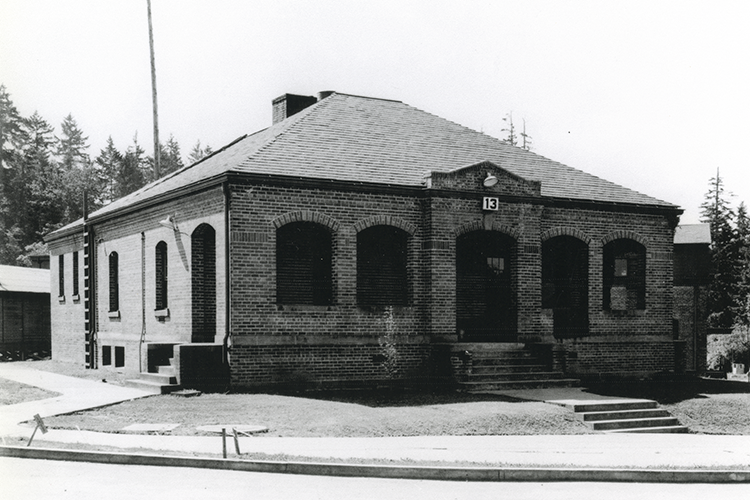
1910-12
Fort Ward’s distinctive brick buildings are constructed, including an administration building, gymnasium/post exchange, guardhouse, quartermaster storehouse and bakery. Other construction includes a firehouse, NCO duplexes and officers quarters, and shops.
1917
The United States enters World War I and American troops are deployed to the battlefields of Europe. With our domestic shores secure, over time Fort Ward’s big guns are removed for use overseas or declared obsolete and scrapped as more modern armaments enter service.

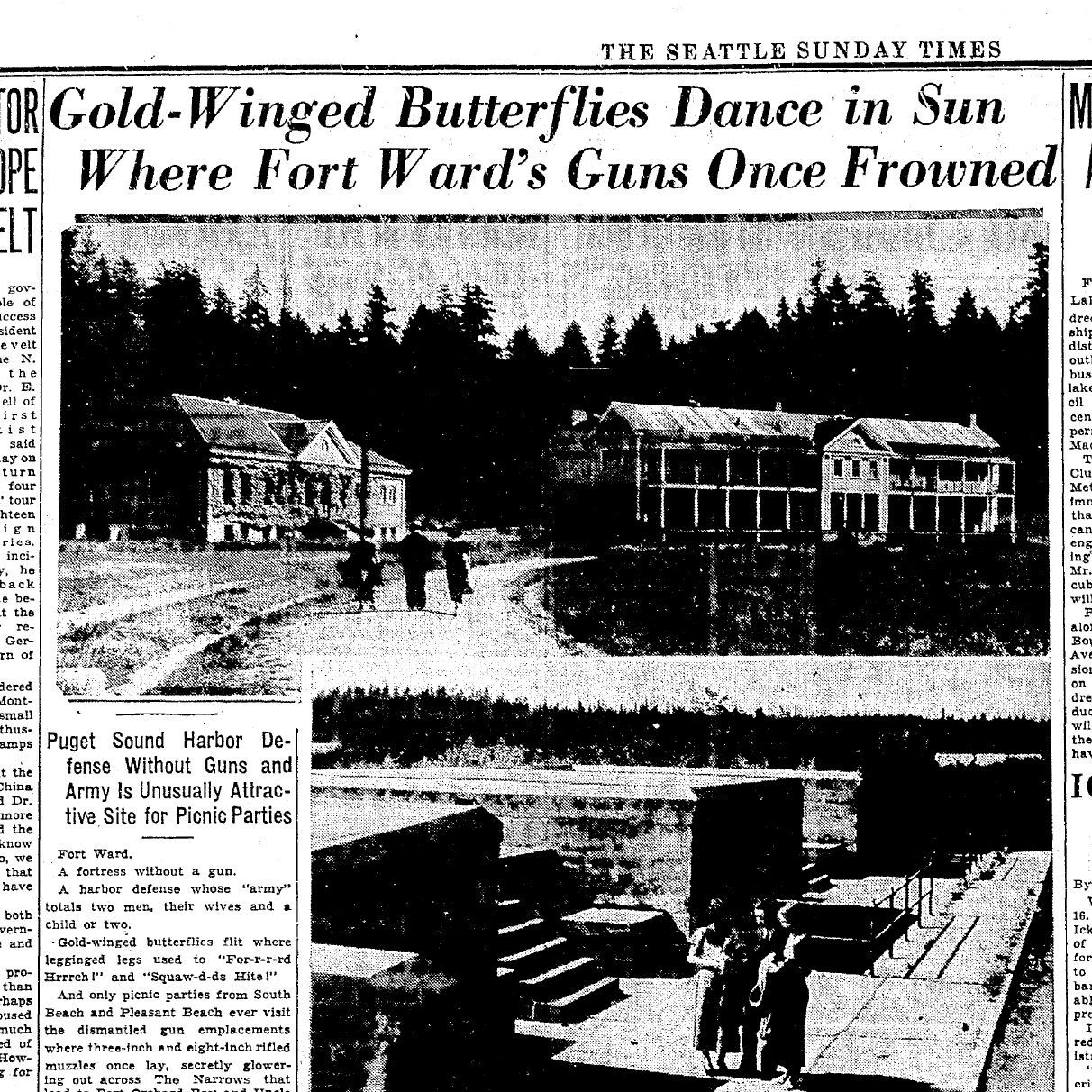
1928
The fort is decommissioned as a Coast Artillery Corps installation, leaving only a sergeant and a private to look after the buildings. The property becomes a summer camp for youths from Seattle for a time, but is mostly abandoned. In 1937, the federal government considers selling off the fort property and buildings, attracting news coverage as far away as New York. Fortuitously, the fort isn’t sold off.
1938
The Navy reopens Fort Ward as Naval Radio Station Bainbridge Island, to listen in on the military and diplomatic radio communications of imperial Japan. More buildings are added around the fort to support the radio and code training school, with naval recruits sworn to secrecy about their activities. Coast Artillery Corps-era buildings are reopened and repurposed: the old gymnasium/PX building becomes top-secret “Station S” – designated “S” because the station and equipment were moved here from Fort Stevens, Ore., as Bainbridge Island was found to have better radio reception. Station S is one of a number listening stations strategically sited around the Pacific.
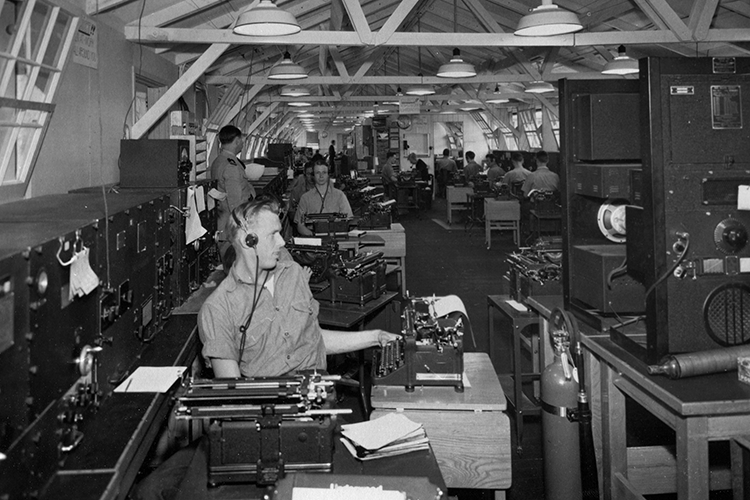
Dec. 7, 1941
Shortly after midnight on Dec. 7, a top-secret radio transmission passes through Station S, saying Japan is breaking off diplomatic relations with the U.S. Pearl Harbor, Hawaii, is attacked at dawn, and the U.S. is drawn into World War II.
1944
The “Pioneer” WAVES are assigned to Radio Station Bainbridge Island, the first group to be assigned to active service in radio communications. After four months of training at Oxford, Ohio, the 40 women receive another four months of advanced training on Bainbridge Island before working at Station S alongside their male counterparts. There, they intercept, transcribe and relay coded enemy communications from the South Pacific.
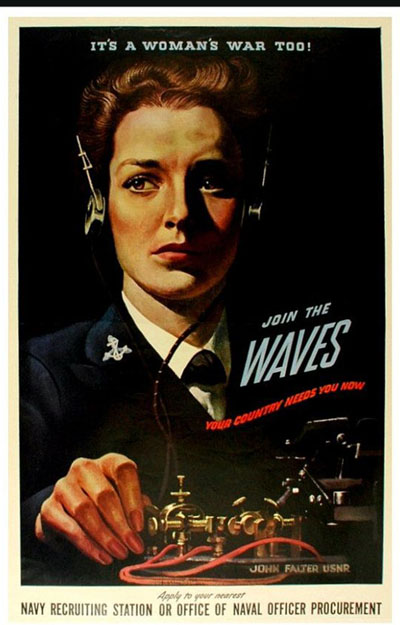
1945
World War II ends, but the NRS Bainbridge code school continues – now teaching Russian code, as the Cold War dawns.

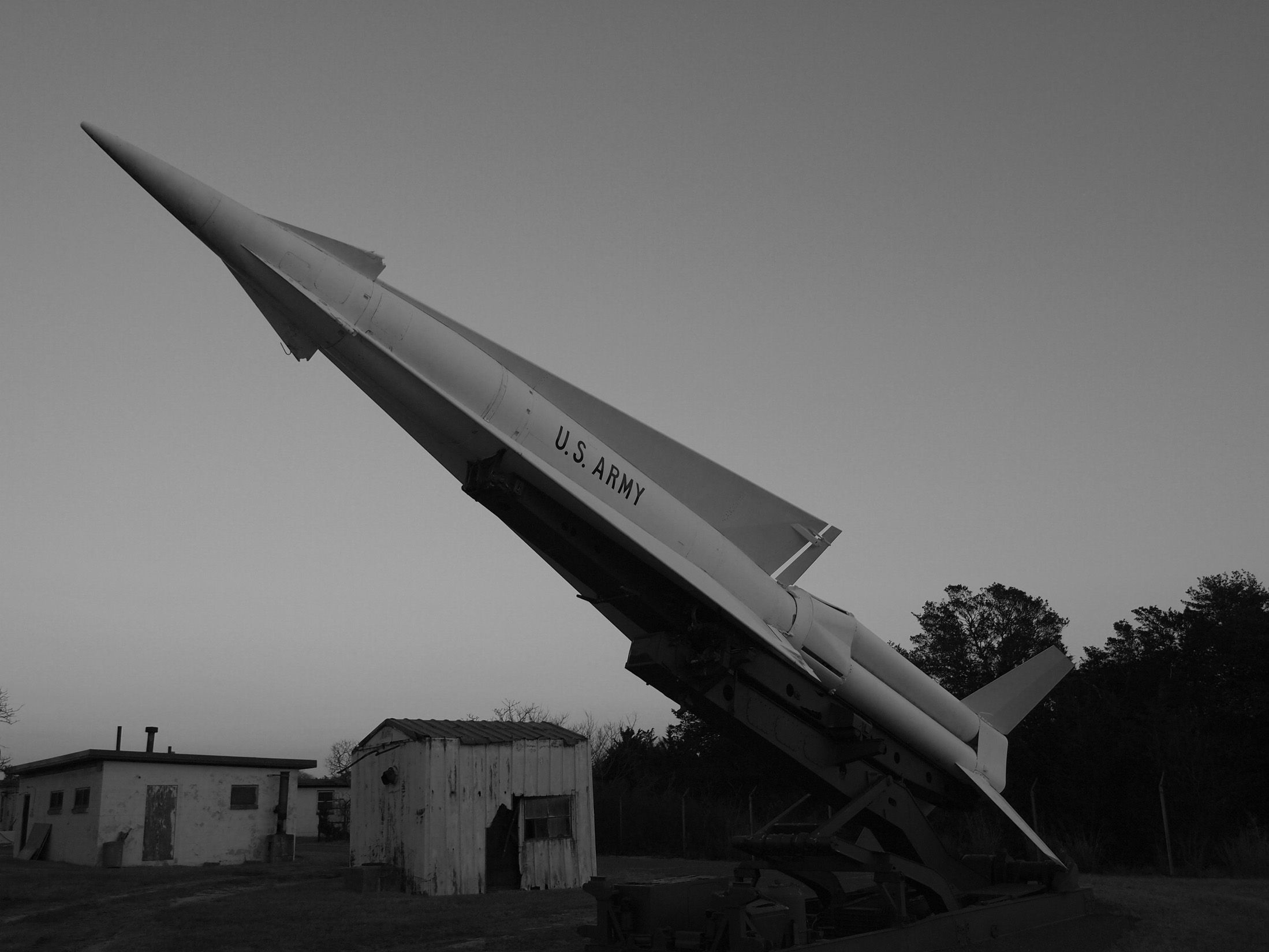
1950s
The Army returns to Fort Ward, this time using the base as a maintenance facility to upgrade the propulsion systems of Nike surface-to-air missiles. Army and Navy share the fort for several years as activities begin to wind down.
1958
Fort Ward is closed for the last time. Most waterfront portions are given to the State of Washington to create Fort Ward State Park (now Fort Ward Park). The upland acreage is sold to a private developer and parceled into small building lots, most of which will remain unbuilt for the next 30-plus years.
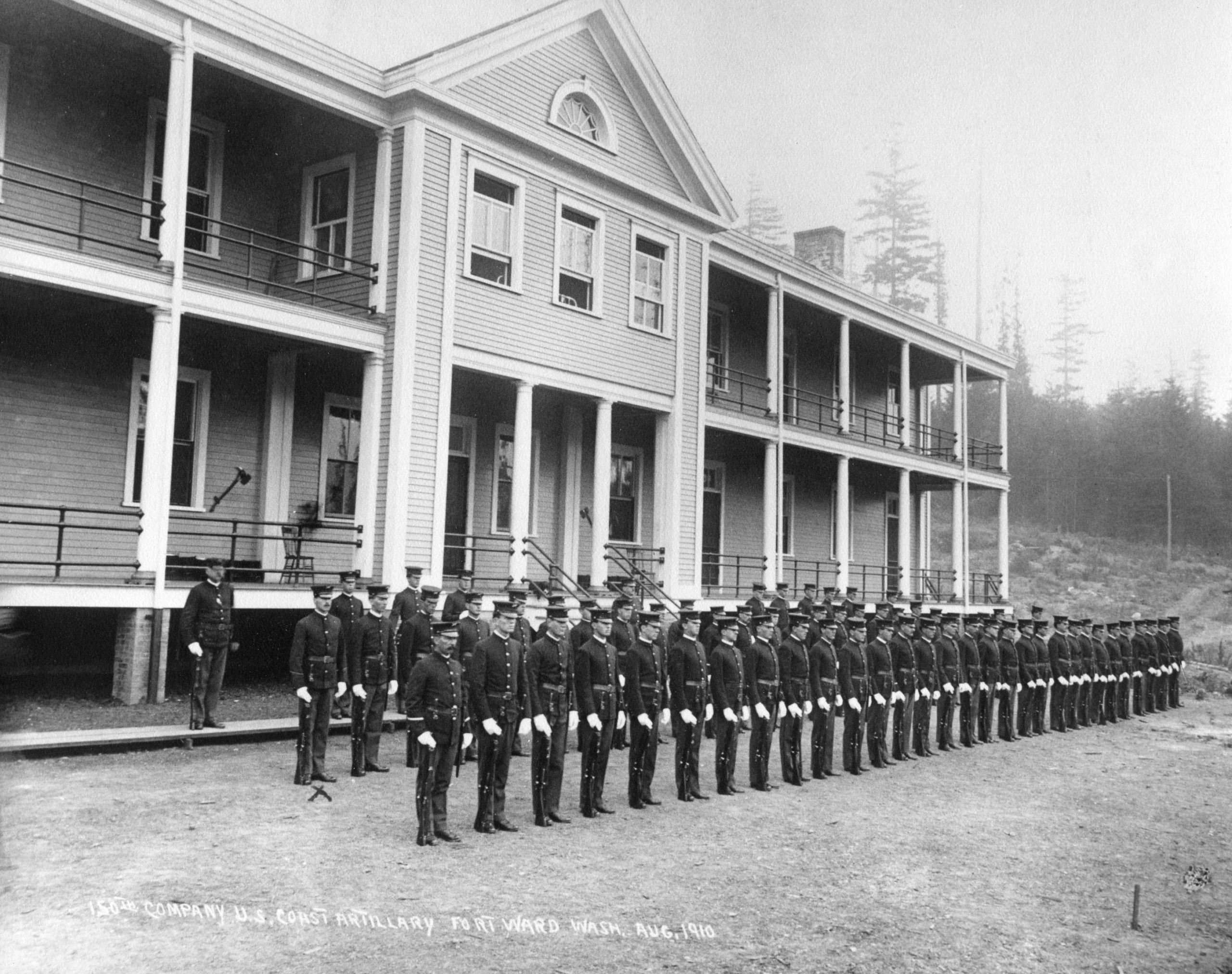
1976
Fort Ward is added to the National Register of Historic Places, thanks to a nomination by then WA State Historic Preservation Officer David M. Hansen. Hansen will go on to write “Battle Ready” (2015, WSU Press), a definitive account of the Puget Sound Coast Defense network. The historic district is expanded in 1996 to include the so-called “Navy addition” properties, the area north of the original fort boundary including the historic Sunny Hill Dairy that was seized by the Navy and burned.
2002
The Fort Ward Parade Ground is preserved by neighbors working with the Kitsap Housing Authority, and is dedicated as a public park. A flag is raised over the grounds for the first time since fort closed in 1958. The ceremony brings back many Navy radiomen who served here in the 1940s.


2022
The Fort Ward bakery is restored for public use as Fort Ward Community Hall, through a partnership of Friends of Fort Ward, Bainbridge Island Metro Park & Recreation District and Kitsap County (Fort Ward) Sewer District No. 7. The restoration earns the Historic Preservation Stewardship Award from the WA State Department of Archaeology and Historic Preservation. Building dedication is pushed into 2023 because of the Covid concerns.
